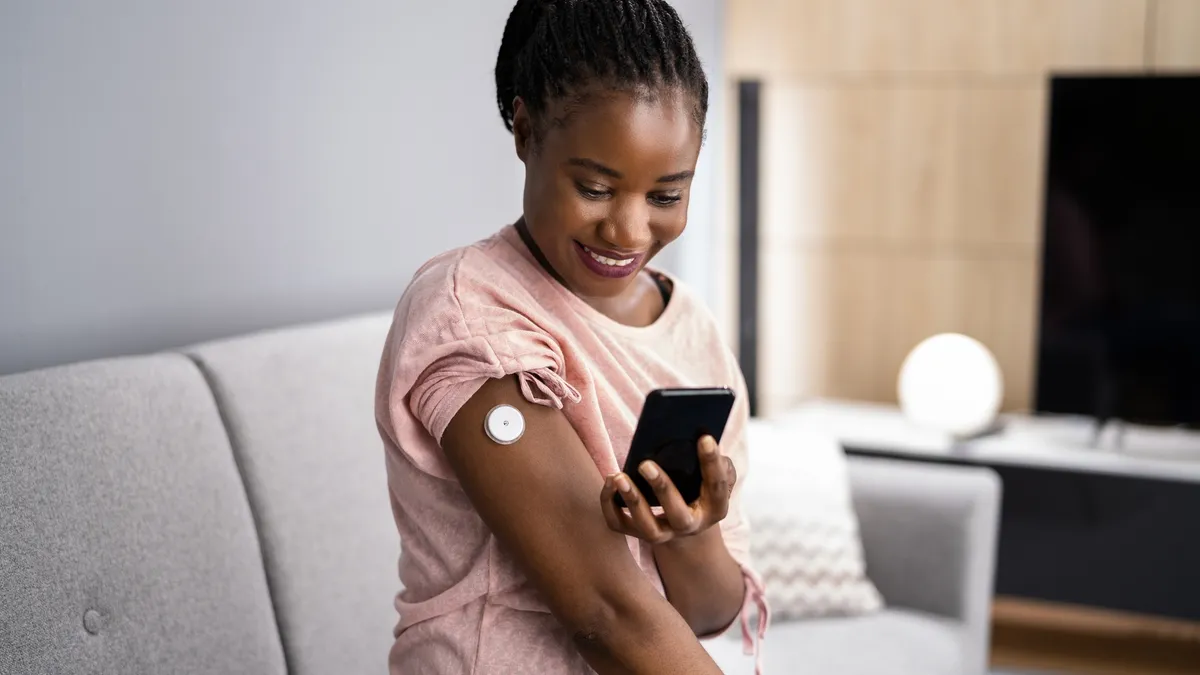The pandemic may have forced the MedTech industry’s hand in speeding up telehealth adoption, but the silver lining of where we find ourselves is a bright one — because remote patient monitoring opens up the door for personalized, equitable and innovative care. And organizations leading the charge in remote monitoring innovation are setting themselves up for long-term success — earning patient trust and staying ahead of competitors.
Whether you’re with a company building remote care solutions or a healthcare organization looking to optimize the patient experience, keep these strategies in mind to successfully scale and achieve excellent remote patient care.
Customized device settings for different patient populations
Which two patients have the exact needs, capabilities and technical chops? None. So it doesn’t make sense to assume that all patients can use the same at-home technology in the same way. This concept is often missed in device management — the ability to granularly control application and device configuration settings by a defined group.
Our client Hinge Health offers multiple physical therapy solutions that pair sensory technology with computer vision — a truly modern approach to remote care for patients undergoing rehabilitation and pain management. With Esper, they can manage all devices from one platform. Still, they have the ability to apply different device settings based on the equipment, patient group or any other definitions they choose. The result is an experience that’s appropriate for each patient.
Don’t rely on patients for device setup
Most remote patient care equipment is manufactured and then provisioned months before it makes it into the patients’ homes. This creates a unique challenge — by the time someone is using the device in their home, the application version and configuration settings could be out of date. And this means your patients are left to update the application or troubleshoot device settings to meet their needs. At its best, this creates a frustrating customer experience, and at its worst, it creates a barrier to using the technology.
ROMtech, which builds in-home rehabilitation bikes, found a solution to this issue by leveraging Esper’s seamless provisioning process. During the manufacturing process, Romtech’s bikes are enrolled with Esper’s software in a hands-off approach. From there, the bikes can receive automatic over-the-air updates. So when a bike is delivered to a patient’s home, it boots up with the most current application updates and configuration settings regardless of when the bike was manufactured.
Secure your devices from anywhere
One of the top priorities when it comes to remote healthcare is security. And sending devices into the field means an increased need for security considerations. For starters, when devices are in the hands of patients — or anyone else who may come in contact with it — there’s an increased chance that the device can be tampered with. Many devices, such as tablets, can easily be factory reset, opening the door for someone to apply new device settings or even their own device management system. At Esper, we manage this challenge in a few ways. With kiosk mode, you can completely lock a device down to one application so users aren’t able to access any device settings or perform a factory reset. Also, device permissions can be fine-tuned at the group or user level. And with geofencing, organizations can set a geological parameter for the device — if the device leaves the designated area it locks down or sounds an alarm.
Another concern for remote devices is that the device is in good health when it’s in the hands of the patients. Our customer Care.ai enables in-room IoT for healthcare facilities — allowing for autonomous patient monitoring. To ensure device security and patient safety, Care.ai leverages Esper’s automated compliance policy enforcement. So if a device is low on battery, having trouble connecting to wifi, or any other issue, an automated set of processes are triggered — and if they’re not repaired the system administrator is alerted.
Remote patient care is the scalable answer to today’s healthcare challenges and it provides the industry the unique opportunity to more easily provide equitable care. Even though it can feel intimidating sending devices into the field and into the hands of patients, the key to success is having complete, granular control over your application updates and device configurations.










